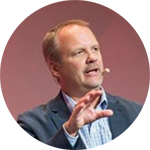Allstate Conceives an App on Monday, Delivers on Friday with Cloud Foundry
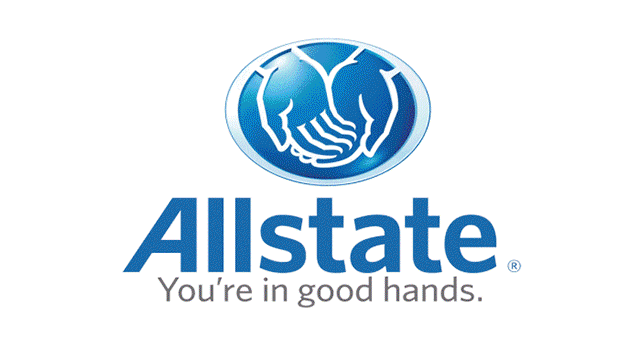
Insurance: Allstate aims to move as fast as a startup and disrupt the whole industry.
The company cut development cycles from 6–9 months to a matter of days. At the end of 2016, approximately 250 developers were working with the platform.
- Deploying Pivotal Cloud Foundry throughout the organization, Allstate learned that institutional traditions are formidable.
- Being able to make processes and legacy systems more efficient and automated is critical to success.
- Forming the culture of sharing, collaboration, and innovation lead to the best effect of the adopted tools.
Docker, Jenkins, Concourse, MySQL, Redis, RabbitMQ, Golang
Allstate processes 18,000 claims a day and has the largest roadside assistance program outside American Automobile Association (AAA), storing data on 10 billion miles of driving.
Allstate is one of the largest insurance companies in the US, focusing primarily on property liability. Founded in 1931, the company employs 70,000+ professionals worldwide. In 2011, Allstate had $123.5 billion in total assets. As of 2017, Allstate was #84 on the Fortune 500 list and #288 on Global 500. According to the official website, "nearly 60% are women, and more than 30% are minorities" among the company's employees.
The company's name was originally a tire brand, chosen in a contest in 1931 by parent organization Sears. (Allstate became independent of Sears in 1995.)
No time to wait
The insurance industry is not the one that tends to make decision quickly. While an organization is growing, creating new rules, it becomes more complicated to be flexible.
Allstate is one of the largest insurance companies in the US, billing almost $29 billion of property insurance in 2014 out of approximately $35 billion in total revenue. Change must be absolute, in the opinion of Allstate management, with a mindset of “technology driving the business” rather than simply “technology for the business.”
Even when large companies wish to change, they typically all lack tools to drive it. Andy Zitney, SVP of Infrastructure Services at Allstate, says there is a need for “a great platform to change an industry and the way a company thinks.”
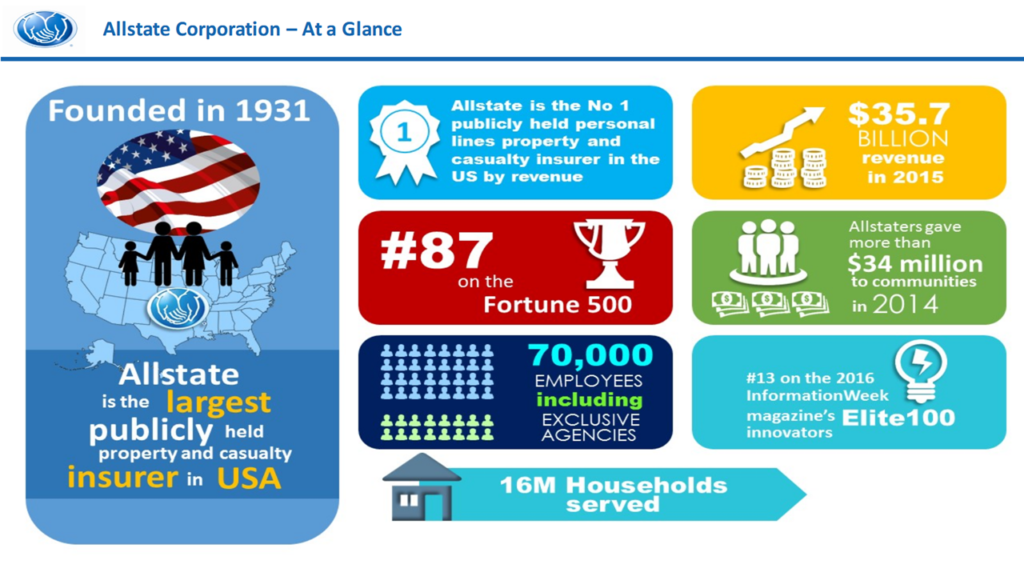 Allstate company background (Image credit)
Allstate company background (Image credit)To drive change, Allstate chose Pivotal Cloud Foundry as an acceleration platform. After six months into its use, Andy was getting business people “to sit next to developers and do things in real time.”
“There is no more waterfall approach. There is no waiting months to launch a product. We want to get to where we conceive a product on a Monday and deliver it on a Friday.”
—Andy Zitney, Allstate
Andy notes that this approach may seem counter-intuitive to a company in which “business was good,” but believes that “we have to disrupt this, tear it up. Somebody is going to disrupt the insurance business, because it hasn’t been disrupted for 90 years.”
Gaining pace with Cloud Foundry
There’s a strong aversion to risk in many, if not most, big companies, Andy Zitney says. At an insurance company driven in large part by actuaries, there’s a formula behind everything, trying to predict every possible scenario. There are engineering boards and architecture boards, and multiple signoffs for business decisions and technology acquisitions.
The risk aversion is accompanies by a lack of ownership and accountability, fragmentation of product ownership, unwieldy governance, and entrenched solutions for every problem, according to Andy.
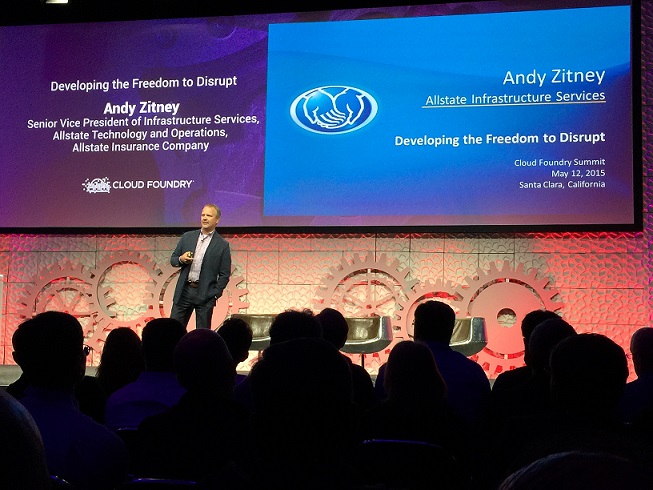 Andy Zitney of Allstate
Andy Zitney of AllstateTo achieve the breakthroughs it desires, Allstate is depending on Cloud Foundry, “which does what people says it’s going to do,” according to Andy. “And cost is not necessarily the focus. Cost is going to fall out the back end with time savings and product innovation. The way we justified our original POC was to say that developers today are inefficient because of culture. They wait a month before they can do anything. With Cloud Foundry, I can get them working immediately.”
“Start your project on Monday and ship it on Friday. No longer is it going to take nine months.” —Andy Zitney, Allstate
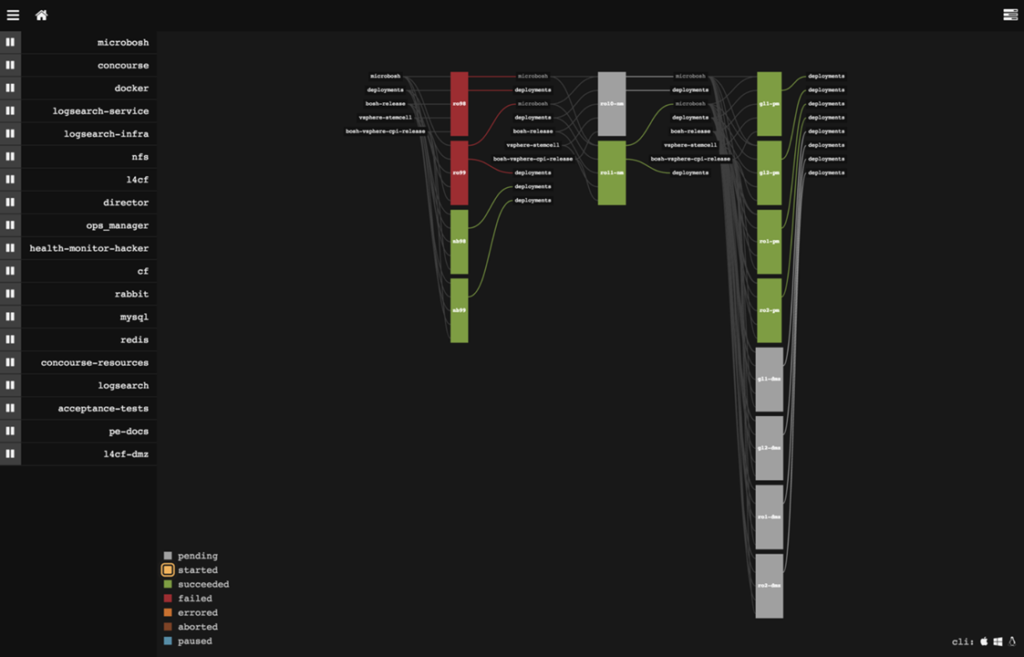 Allstate’s Cloud Foundry stack (Image credit)
Allstate’s Cloud Foundry stack (Image credit)Through Cloud Foundry, Allstate management expects to deliver process and products high in the infrastructure at a rapid pace. “We can then start to show the entire organization what the potential is,” says Andy. In bullet-point form, the transformative journey can be summed up this way:
- Waterfall development turning into Agile and Extreme Programming
- Enterprise tools being replaced by open-source
- Ubiquitous governance migrating to empowerment for innovators
- Monolithic applications morphing into microservices
- Manual deployment addressed with continuous delivery
According to Opal Perry of Allstate, the company is now “able to build a product in the amount of time it used to take to estimate and decide.”
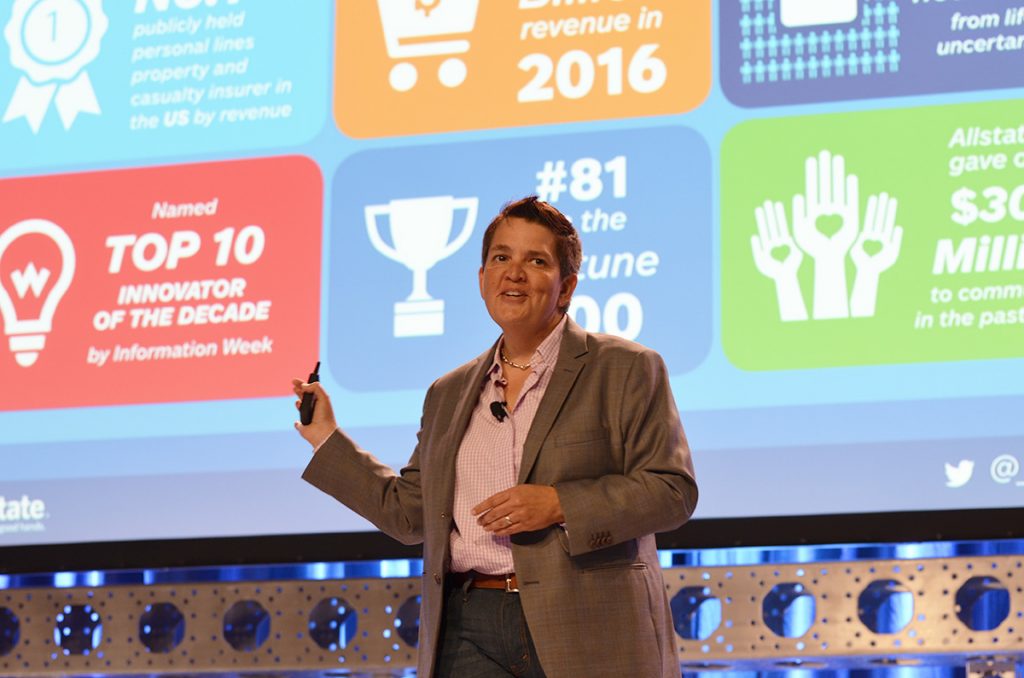 Opal Perry, Allstate
Opal Perry, AllstateAllstate processes 18,000 claims a day and has the largest roadside assistance program outside American Automobile Association (AAA). “We also have data on 10 billion miles of driving,” notes Andy. “We can not only change the insurance industry but also drive new industries.”
With large amounts of sensitive information, security is also prominent within the deployment. One of the videos below explain what tools Allstate uses for security and compliance, as well as how it integrates CI/CD into the process.
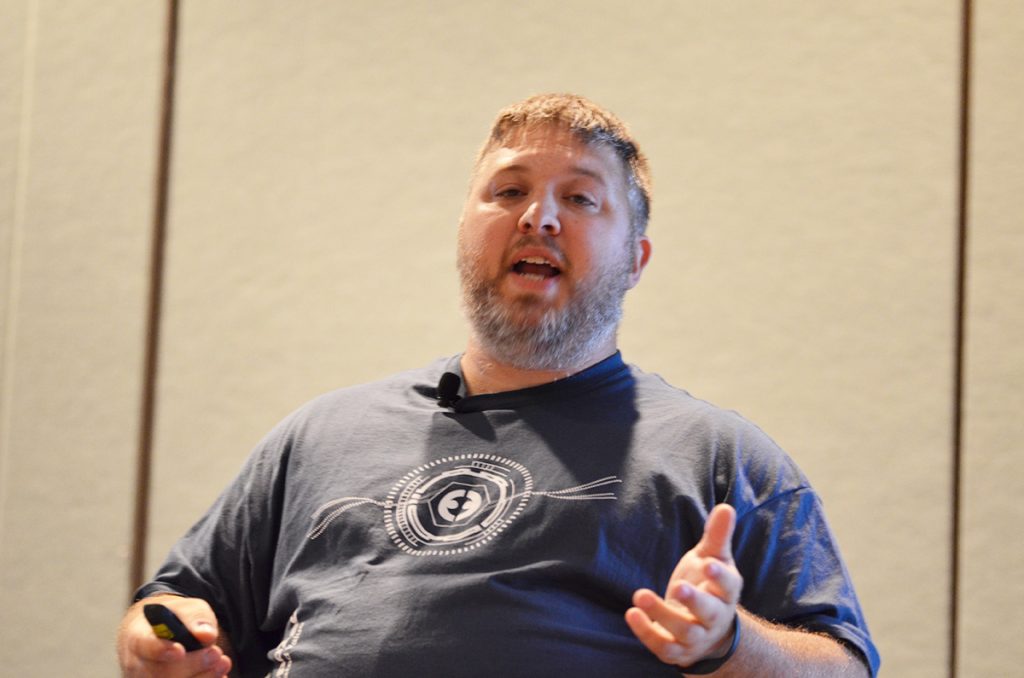 Nathan Gibson of Allstate
Nathan Gibson of Allstate“Security needs to be a product-delivery organization.” —Nathan Gibson, Allstate
Matthew Curry, Director of Cloud Engineering at Allstate, says that “using a structured platform like Cloud Foundry, Allstate has created an environment where developers move quickly but they do so with safety.”
Changing internal culture
To foster innovation, Allstate also launched CompoZed Labs, “a transformation project…driving collaboration, test-driven development, and the use of open technologies.” Introduced in 2015, the initiative aimed to help Allstate change at a pace of a startup.
“Developers used to spend only 20% of their time coding, and now it’s closer to 90%,” according to Doug Safford, VP of Technology Innovation at Allstate.
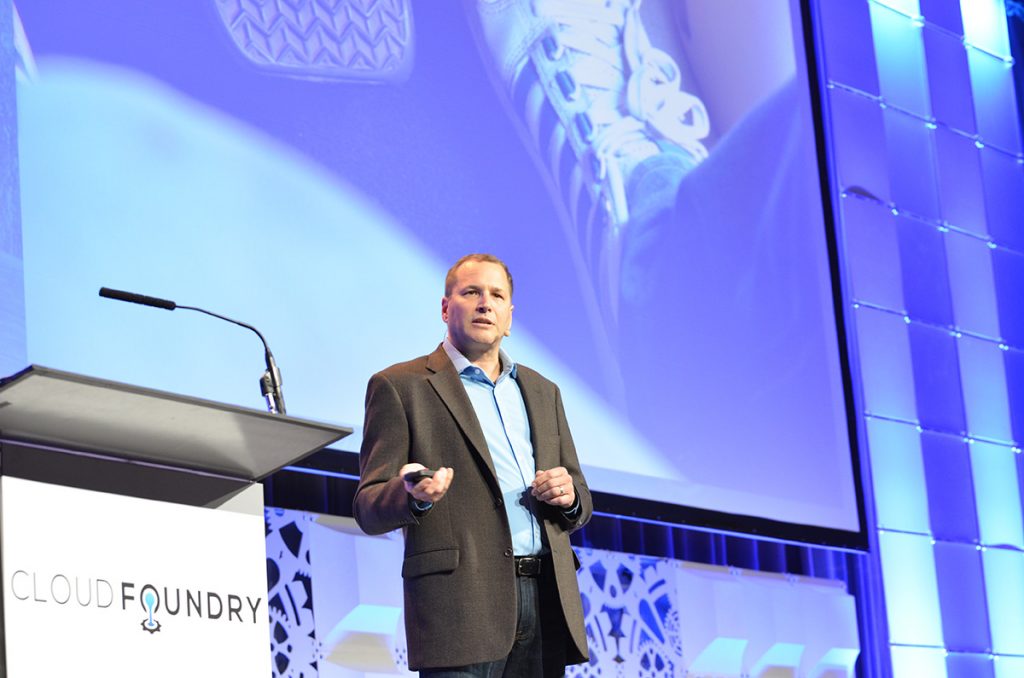 Doug Safford of Allstate
Doug Safford of AllstateCompoZed Labs manifesto: respect your pair, respect your team, users first. The effort helped to change the way the company recruit and even changed the way how new facilities are built. In the new culture, personal touch is really important.
In 2016, Matthew Curry expected that 250 developers would be developing on the platform by the end of that year. Today, very likely, this figure is much higher.
Want details? Watch the videos!
Here is the story of Allstate’s initial transformation presented by Andy Zitney (2015).
Another one by Andy Lowe of Allstate explains how the company uses Blue-Green deployments and what tools were built for automation (2018).
Some technical details about security, compliance, and the tools Allstate has adopted can be found in the following session by Nathan Gibson and David Brock (2017).
About the experts



